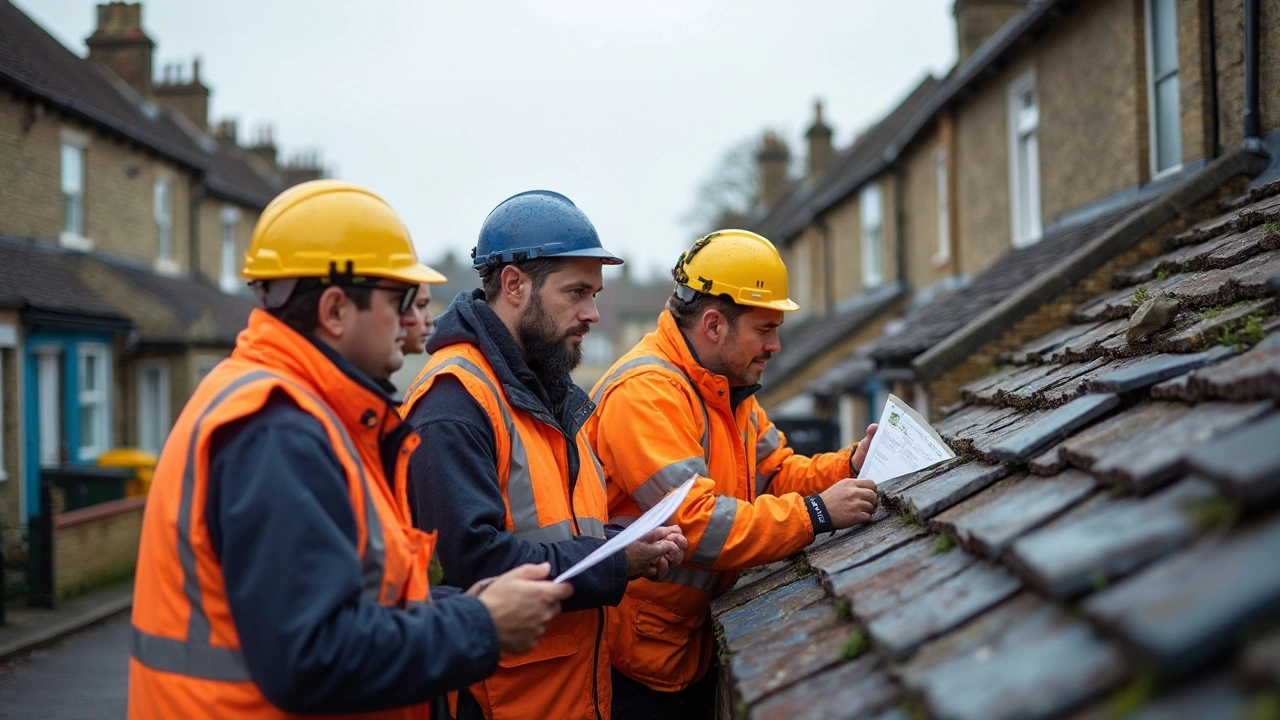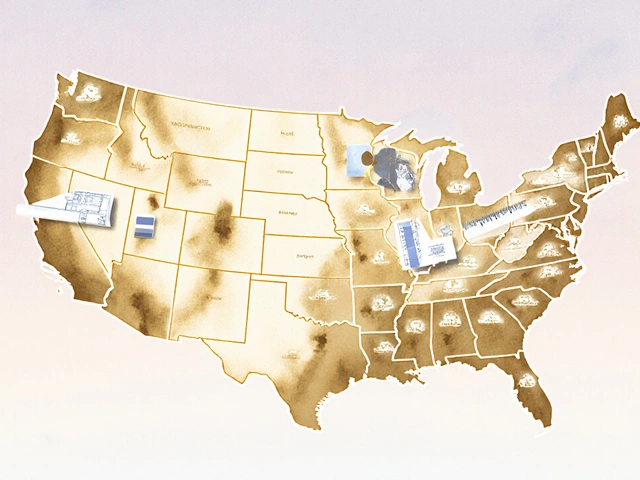Roofing Square: What It Is and How It’s Used in Construction
When you hear roofing square, a unit of measurement equal to 100 square feet of roof surface. It’s not a tool you hold—it’s a number contractors use to price jobs, order shingles, and plan labor. Also known as a roofing square unit, it’s the universal language for sizing roofs across the UK and beyond. If your roof is 2,000 square feet, that’s 20 roofing squares. Simple. No guesswork. No confusion.
But why does this matter to you? Because roofing square directly affects your budget. A roofer doesn’t charge by the square foot—they charge by the square. That means if you’re getting quotes, you need to know how many squares your roof covers. Too little material? You’re stuck mid-job. Too much? You waste cash and haul away extra shingles. The right number saves time, money, and stress.
Roofing squares tie into other key concepts like roof pitch, the slope of your roof, measured in rise over run. A steep roof isn’t just harder to walk on—it uses more material per square. A flat roof? Less material, but different underlayment needs. Then there’s roofing materials, the actual products like asphalt shingles, metal panels, or tiles. Each type comes packaged for a specific number of squares. And don’t forget construction tools, like the actual steel square used to measure angles and layout rafters. It’s the physical tool behind the unit of measure, even if most pros now use digital apps.
Here’s the real-world impact: if your roof is 15 squares and you’re using standard asphalt shingles, you’ll need about 45 bundles—three bundles per square. If you misjudge that by even one square, you’re either calling the supplier again or leaving gaps. That’s why pros always double-check their measurements. They don’t eyeball it. They measure the planes, account for overhangs, and factor in waste. It’s not magic—it’s math.
And it’s not just about new builds. Whether you’re replacing a roof on a 1970s semi in Manchester or adding a dormer to a London townhouse, the roofing square stays the same. It’s the constant in a world of changing styles and materials. You can switch from clay tiles to composite shingles, but the square? It still equals 100 square feet. That’s why every quote you get should break down the total squares. If it doesn’t, ask why.
The posts below cover everything from how to calculate your own roof’s square footage to why certain materials are sold in specific square bundles. You’ll find guides on measuring complex roofs, understanding waste factors, and what to watch for when a contractor gives you a price. No fluff. No jargon. Just what you need to make smart decisions—whether you’re hiring someone or doing it yourself.
Roofers Charge Per Square: What To Expect for Roofing Costs
Ever wondered what most roofers charge per square? This article breaks down what 'per square' really means in roofing and gives you a clear idea of cost ranges. You'll find out what affects prices, why quotes can differ by thousands, and smart ways to avoid overpaying. It's got handy tips for homeowners facing roof repairs or replacements. If you want straightforward answers without sales fluff, you’ll find them here.





